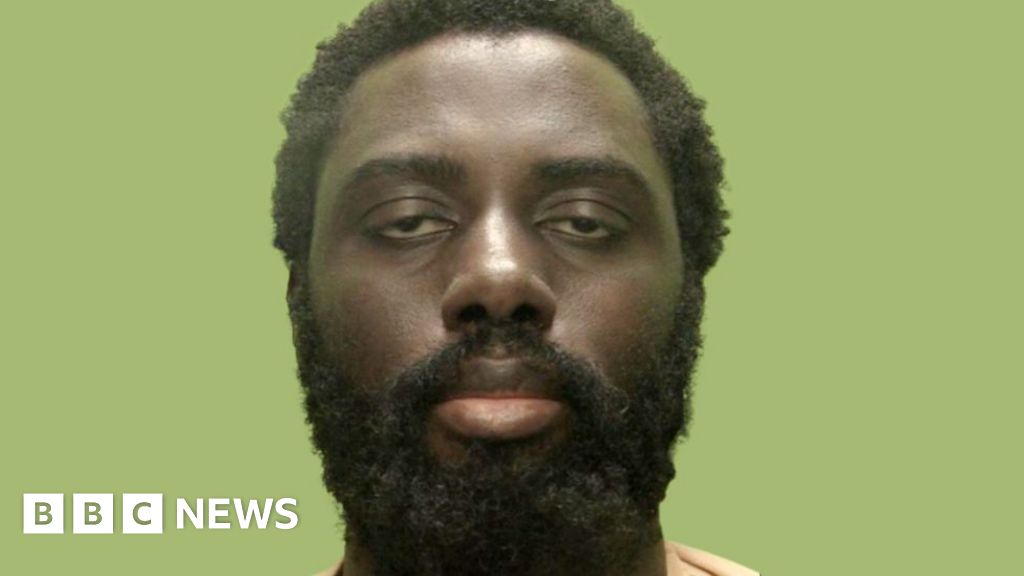In interviews, the artist often repeated a story about a near-death experience he had when he was 6 years old, and nearly drowned while swimming in a lake in Upstate New York. “I actually had no fear,” he remembered in 2013. As he sank down, he became keenly aware of the water, the fish, the light, with a deep, transcendental feeling of peace. “It was the most beautiful experience … I considered that a great gift.”
Water was a recurring theme in his work, sometimes great torrents of it, sometimes a trickle. In a 1976 piece, “He Weeps for You,” water drops slowly onto the amplified head of a drum, the drama of it captured in live video that shows droplets slowly distending under the force of gravity before a brief journey downward and a small, annihilating thud on the surface of the drum. In “The Raft,” a video commissioned for the 2004 Olympics in Athens, a crowd of 19 people are standing together — a diverse group, men and women of different ages and races with no seeming connection to each other — when a great deluge of water soaks them, knocks them over, leaves them sodden, scared and confused.
The violence of “The Raft” happens in slow motion, and like many of Viola’s work, it is based on a classic: Théodore Géricault’s monumental painting “The Raft of the Medusa,” which depicts the horrifying aftermath of a shipwreck. Géricault captured a moment of suffering and death, while Viola’s video extends a moment of suffering into a longer narrative. The people are drenched, but they aren’t scattered. They stay together as group and by the end of the 10-minute video, they show signs of being more than unrelated strangers. They begin to care for one another, reaching out to touch, hold, embrace. Like the near-drowning Viola experienced as a boy, crisis engenders beauty, death gives way to birth.
I had known and admired Viola’s work for decades, but didn’t really discover it until I was old enough to feel death not as an occasional visitor, but a constant presence, taking parents and friends, aunts and uncles, classmates and colleagues, even tapping now and then on my window. If you live without God, as I strive to do religiously, the art that matters most is the art of mortality. And transcendence. Viola, who was deeply interested in the spiritual practice of Zen Buddhism, Christian mysticism and Islamic Sufism, explored these subjects with astonishing poetry and kindness.
Kindness may seem a strange word, but just as the near-fatal experience of a lake in New York gifted him with peace, Viola gifted us with visions of that peace. I never met him, so I don’t know if he was a kind man. After what we have learned about Alice Munro — a cherished author whose death in May brought dark secrets to the fore — it is best to make no assumptions about the character of seemingly decent people.
But a gift is a gift, and for that Viola has my gratitude. I particularly admired a work I spent time with at a 2016 exhibition at the National Portrait Gallery, “Man Searching for Immortality/Woman Searching for Eternity.” It shows two people naked, aged but beautiful, using flashlights to illuminate their bodies. In notes he wrote for the exhibition, Viola said that his subjects were looking for death, and, “When they are finished, they each turn off their light, thankful for life.”
Viola died of complications from Alzheimer’s disease, a disease that robs its victim not just of life, but death, too, a fading of light and whatever philosophy we may have gathered in advance of the great, last moment of our existence. I wish Viola had lived longer, to tell us more. But he gave us an indelible symbol of hope in a video he made for a production of Wagner’s death-saturated opera “Tristan und Isolde.” It is seen near the ecstatic conclusion of the nearly five-hour work, on a screen behind the figure of Isolde during a musical scene known as the Liebestod, the “love death.” As she sings Wagner’s demented poetry, “to drown, to founder — unconscious — utmost bliss!,” the lifeless figure of Tristan is drenched in a waterfall, rising up slowly into the light and the water, transfigured. Life seems to pour up and out of him in death. He gives life back to the world.
In an interview about his designs for Tristan, Viola spoke of “these underground rivers” in the music of Wagner. He might have been speaking of life itself.
If you live without God, which is a kindness to the world, discovering these underground rivers is the only way to give shape and dimension to existence. No one navigated the waters better than Bill Viola.















































